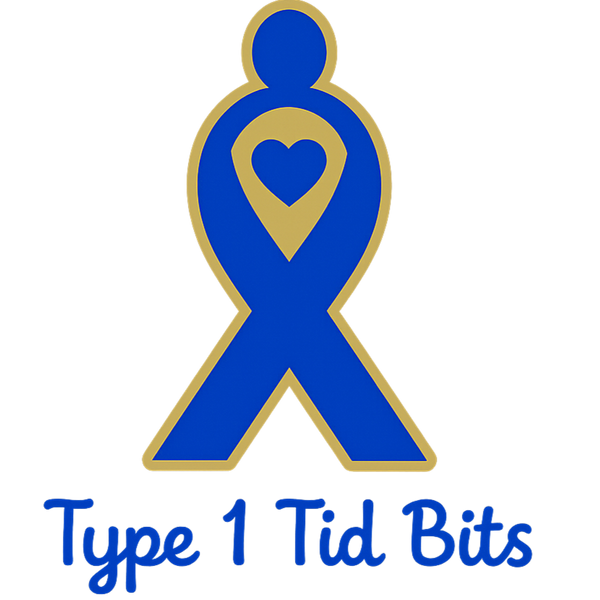One of the joys of food is its incredible diversity. From fragrant curries to fresh sushi, comforting pasta to spicy tacos, cultural cuisines connect us to tradition, family, and community. But for people living with diabetes, enjoying global foods also comes with the challenge of carb counting. Different cuisines use unique ingredients and cooking styles, which can make estimating carbs tricky. The good news is—you can enjoy any cuisine with the right knowledge and strategies.
Why Cultural Foods Matter in Diabetes Management
Carb counting isn’t about restricting yourself to plain, “safe” meals. It’s about learning to adapt. By understanding cultural dishes, you can:
-
Stay connected to your heritage and traditions.
-
Eat socially without feeling left out.
-
Expand your diet with variety and flavour.
Common Cultural Cuisines and Carb Counting Tips
🍚 Asian Cuisine
Rice, noodles, and dumplings are common carb sources. Sauces may contain added sugar.
-
Carb tips:
-
1 cup of cooked white rice ≈ 45g carbs.
-
Sushi rolls vary: a standard roll ≈ 30–40g carbs.
-
Opt for steamed dishes and ask for sauces on the side.
-
🌮 Mexican & Latin American Cuisine
Tortillas, beans, rice, and corn-based foods are staples.
-
Carb tips:
-
1 medium corn tortilla ≈ 15g carbs.
-
1 cup of black beans ≈ 30g carbs.
-
Watch out for fried foods like churros or sweetened drinks like horchata.
-
🍝 Mediterranean & Italian Cuisine
Pasta, bread, and pizza are carb-rich, but olive oil, vegetables, and fish add balance.
-
Carb tips:
-
1 cup of cooked pasta ≈ 40g carbs.
-
Thin-crust pizza slice ≈ 30g carbs (varies by toppings and size).
-
Pair carbs with protein (like grilled fish or chicken) to slow absorption.
-
🍛 Indian Cuisine
Curries often come with rice, naan, and lentils. Sauces can contain cream or sugar.
-
Carb tips:
-
1 piece of naan ≈ 40g carbs.
-
1 cup of cooked lentils (dal) ≈ 30g carbs.
-
Choose smaller portions of rice and enjoy veggie-heavy curries.
-
🍜 Middle Eastern Cuisine
Flatbreads, chickpeas, and rice dishes are staples, often served with rich meats and vegetables.
-
Carb tips:
-
1 pita bread ≈ 30g carbs.
-
½ cup hummus ≈ 15g carbs.
-
Balance carb-heavy dishes like rice pilaf with salads and grilled kebabs.
-
Strategies for Managing Any Cuisine
-
Do your homework: Look up typical carb values for cultural foods before eating out.
-
Use apps: Many databases include international dishes.
-
Estimate portions: Use the “hand guide” when exact values aren’t clear.
-
Balance your plate: Fill half with vegetables and lean proteins, a quarter with carbs, and a quarter with other foods.
-
Don’t be afraid to ask: In restaurants, staff are often happy to explain ingredients or portion sizes.
Final Thoughts
Carb counting isn’t about limiting your cultural food experiences—it’s about making them work for you. With some planning and awareness, you can enjoy global cuisines while keeping your blood sugar in check. Food is culture, and diabetes management should never mean giving that up.

